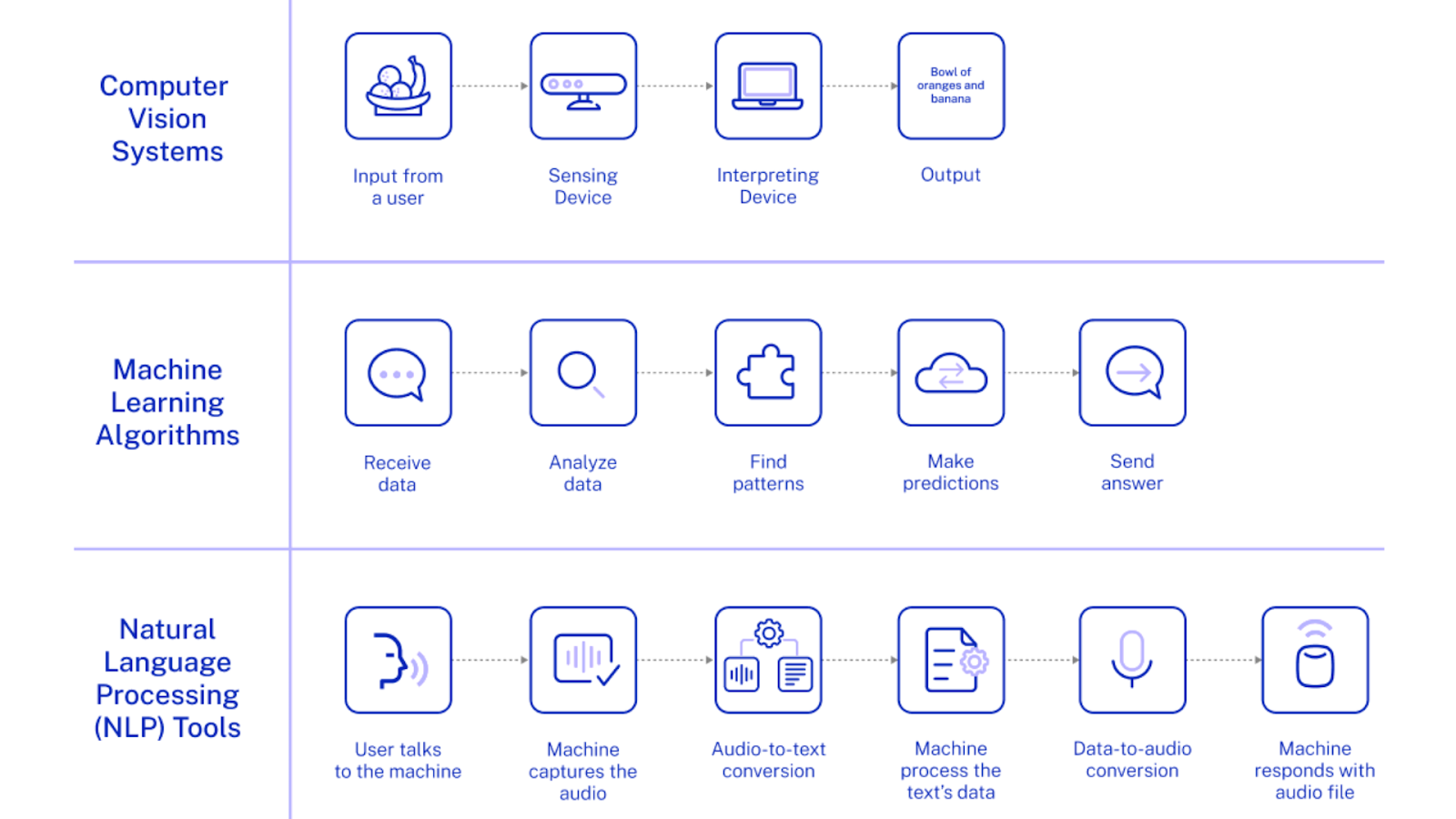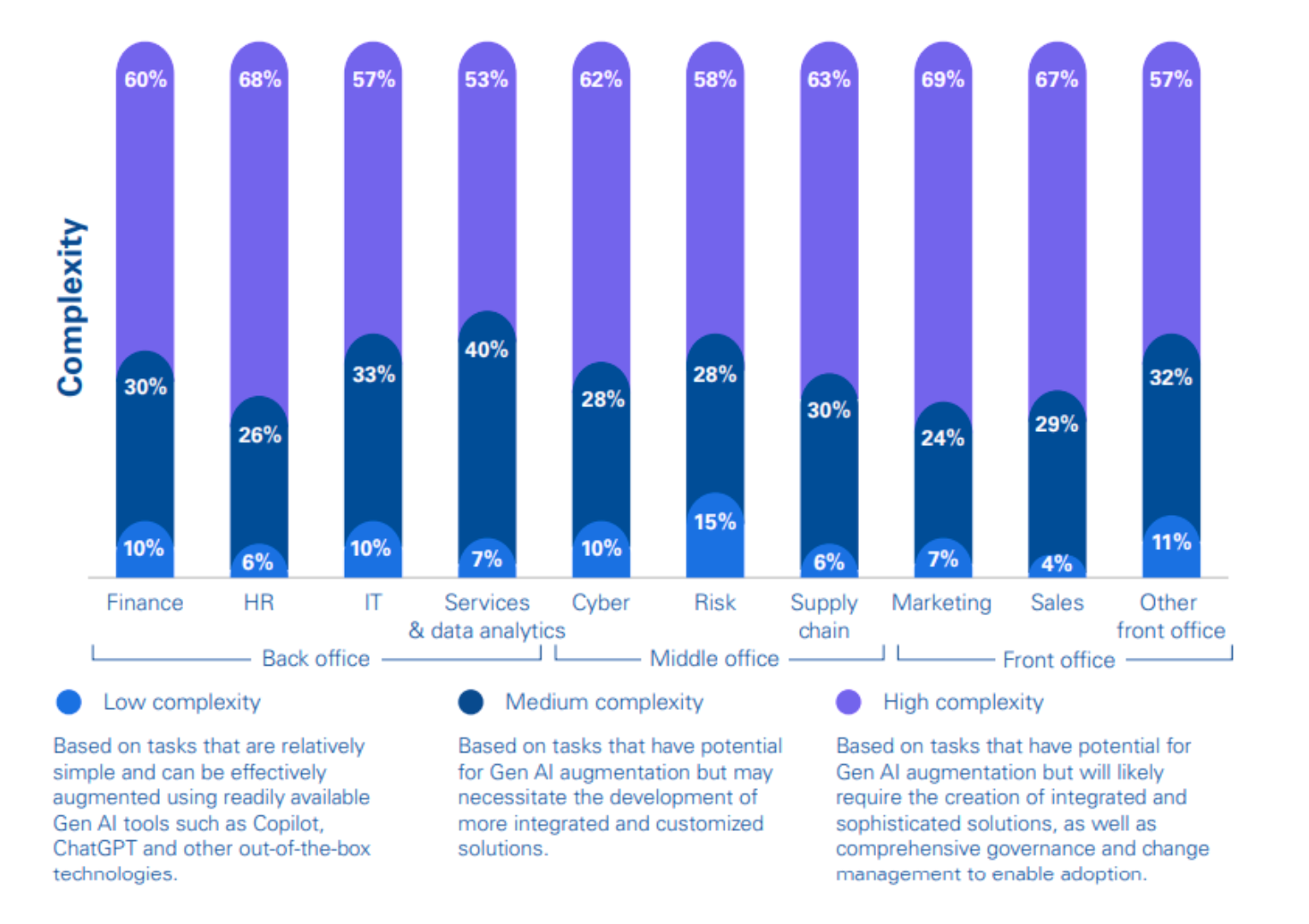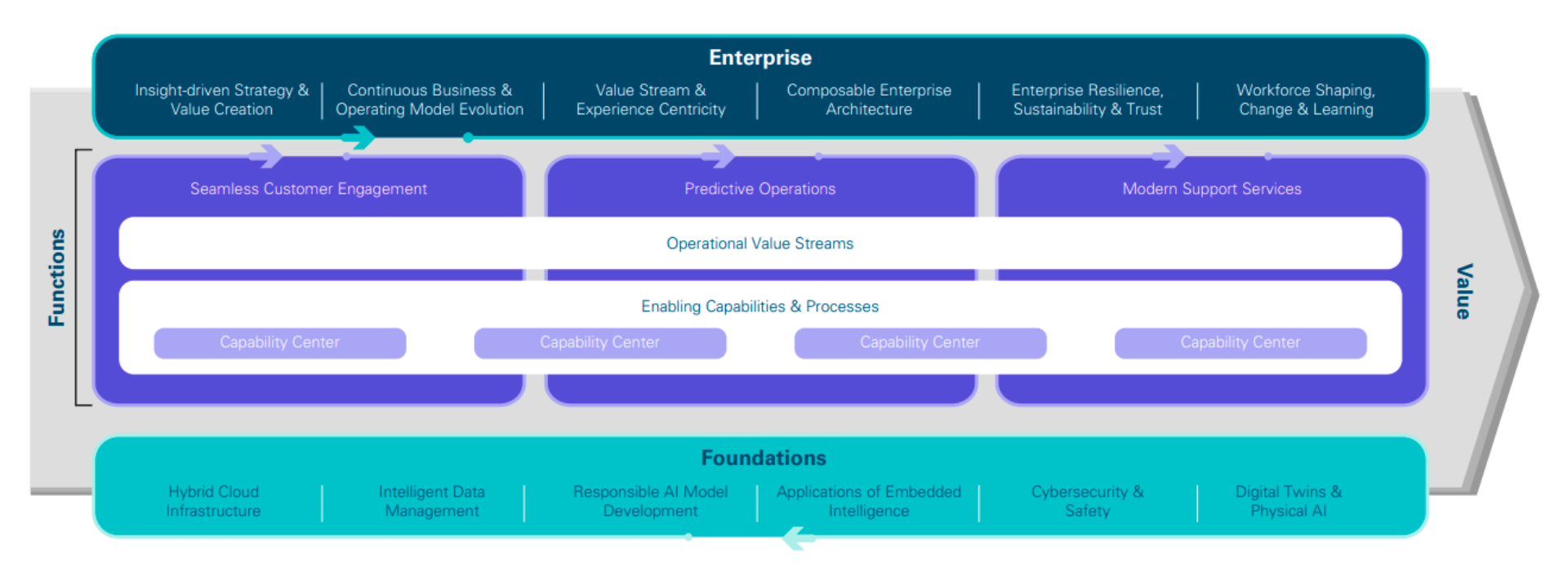Artificial intelligence isn’t just transforming retail; it’s disrupting it at its core, unlocking game-changing opportunities while forcing retailers to rethink how their entire business functions, from product design through to customer engagement. AI is the ultimate double agent – on one hand, it gives retailers the power to craft immersive, hyper-personalized experiences that captivate customers and streamline operations. On the other, smarter tools empower consumers to hunt for better deals, compare products instantly and align purchases with their personal values – all with just a few clicks.
The customer experience is now a high-stakes battleground, where loyalty can be won or lost in seconds. As consumer expectations escalate, retailers face relentless pressure to deliver seamless, frictionless and deeply personalized interactions across digital and physical spaces.
It’s critical though that this personalization feels natural. According to Salesforce , 84% of customers say that being treated like a person and not a number, is of utmost importance to earning their business. Ready to produce experiences that feel intuitive, build loyalty, and drive growth? Discover how AI-led personalization transforms retail operations across the entire customer journey.

Why retailers love AI
Improving customer service, making physical shopping smarter, rationalizing inventory and supply chain management became easy thanks to a range of retail technology innovations such as:
- Conversational AI: AI-powered tools that work 24/7 and can deal with routine customer service inquiries and provide personalized product recommendations, streamlining the service process.
- Computer Vision Systems: detecting misplaced items, and monitoring shelf inventory levels in real-time to optimize inventory, cutting the need for time-consuming manual checks.
- Natural Language Processing (NLP) Tools: scanning of customer reviews and social media sentiment to gain the latest information on consumer trends, helping to inform the development of future products.
- Machine Learning Algorithms: analyzing customer data at vast scale and pace, to make accurate predictions on purchasing trends and preferences, so that inventory and marketing campaigns alike can be perfected.
Imagine a customer asking for a gift in Arabic and instantly getting the perfect match — with tone, context, and cultural nuance intact. That’s not a vision anymore. In one of our recent AI-driven retail projects, we used AWS Bedrock and LangChain to create a bilingual assistant that helps shoppers explore, compare, and decide through natural conversation. The impact: 20% daily adoption, 22% conversion growth, and 6% higher order value, all while keeping operational costs under 1% of new revenue — a powerful testament to secure, explainable, and high-performing AI.
See how this innovation came to life.

What is the journey to becoming an intelligent retailer
Phase One: Enabling people and establishing the foundations for AI adoption.
At the function level, businesses pilot AI solutions across various areas, building skills, fostering innovation and learning from these initial implementations. At the foundation level, organizations use cloud platforms and pre-trained AI models from strategic providers with limited customization. This phase focuses on creating awareness, experimentation and alignment to ensure the organization is prepared for broader AI integration
The first step in becoming an intelligent retailer is empowering employees with AI tools that make every interaction more personal, relevant, and seamless. By reducing routine workloads and delivering real-time insights, AI enables staff to focus on what matters most — creating experiences that keep shoppers coming back.

- Personalized Selling at Scale: These AI systems, integrated into apps or websites, handle repetitive customer queries like order tracking, product availability and return policies. This enhances the customer experience with faster, more personalized interactions
- Dynamic Pricing for Trust & Value: By adjusting prices in real time (e.g., Amazon), AI ensures customers always feel they’re getting the best deal without sacrificing brand perception. Automotive retailers , for instance, use live pricing to set pre-owned automobile prices
- Conversational AI Service: AI-powered chatbots can handle a range of basic customer inquiries, from store hours to product details, while also providing information on returns, package tracking, loyalty/points balances and refund policy, reducing the load on human agents and improving response times for customer support
- In-Store Personalization Devices: With just a few taps, associates gain real-time access to customers’ buying history, loyalty or rewards program status, payment and shipping preferences, preferred sizes, and even their online browsing activity. This rich, AI-driven data enables associates to provide highly personalized service that narrows the gap between in-store and online experiences.
The Human Connection, Enhanced by AI
AI doesn’t replace the human touch – it amplifies it. By automating the repetitive and surfacing real-time customer insights, it allows associates to focus on genuine connections, informed recommendations, and service that feels truly personal. This is how personalization moves from a marketing tactic to a loyalty engine.
Read one of our own retail success stories here, then take a look at our AI solutions in more detail
Phase Two: Embedding AI in the Flow of Work
In Phase One, AI equips employees with targeted tools. In Phase Two, it becomes the backbone of retail operations- embedded into day-to-day workflows, strategic decision-making, and customer interactions across the enterprise. At this stage, AI is no longer a separate project; it’s part of the operating model, guiding how value is created, delivered, and sustained.
Instead of separate teams for in-store, e-commerce, and fulfillment, AI helps retailers reorganize around value streams – end-to-end processes that directly create value for the customer. This breaks down barriers between departments, enabling data sharing, faster collaboration, and a unified customer experience.

Key value streams enhanced by AI include:
Customer Acquisition & Engagement : AI personalizes marketing campaigns, loyalty offers, and product recommendations across channels, including emerging spaces like social commerce. This builds emotional connections and keeps shoppers engaged over time.
Purchases & Transactions : AI enhances both in-store and online checkout experiences with secure payments, intelligent cart suggestions, and frictionless processes that reduce abandonment.
Presence on Shelf : AI-driven supply chain optimization ensures product availability while supporting ethical, sustainable sourcing practices that build brand trust.
Loyalty: AI turns loyalty programs into true personalization engines, analyzing behavior to deliver rewards, discounts, and experiences that feel tailored, not generic.
Returns – Automated return processes and predictive tools help reduce return rates, improve processing times, and recommend alternative products, turning a potential churn point into a loyalty opportunity.
Ethics, Trust, and Customer Connection
At this scale, the stakes are higher – decision-makers must ensure AI recommendations are explainable, data is handled responsibly, and customer privacy is protected. In retail, personalization only works if shoppers trust you with their data.
That’s why embedding AI must go hand-in-hand with robust security: protecting applications, cloud infrastructure, and compliance frameworks like SOC 2, ISO 27001, HIPAA, and GDPR. With Dedicatted’s Security Services, you can build zero-trust environments, automate compliance, and secure every layer of your AI-driven operations -turning data protection into a loyalty advantage. Learn more
Order security audit from Dedicatted
Phase Three: Evolving Your Retail Ecosystem
In the third and most advanced stage, the retailer becomes a fully AI-enabled, seamlessly connected ecosystem that integrates effortlessly into customers’ daily lives. This is where personalization reaches its peak – AI draws from vast streams of behavioral, lifestyle, and contextual data, including purchase history, real-time location, weather, and even mood signals, to deliver instant, relevant, and highly individualized interactions.
Physical and digital retail converge into a truly unified “phygital” experience. Stores transform into immersive hubs where augmented reality (AR), virtual reality (VR), and autonomous service technologies create fluid, omnichannel journeys. Customers no longer have to choose between online and offline; instead, they experience a single, continuous ecosystem designed entirely around their preferences and lifestyles.
Ideally, the retailer operates with a circular economy model, ensuring that every product can be recycled, refurbished or repurposed. AI tracks the lifecycle of products and proactively offers trade-ins or upgrades, contributing to a zero-waste ecosystem
Key considerations to take into account:
- Design an AI strategy that declares a clear statement of intent and aligns with core competencies . Retailers should adopt robust performance measurement frameworks to track AI’s impact on outcomes such as customer retention, inventory turnover or supply chain efficiency, ensuring AI efforts align with strategic goals.
- Establish robust AI governance frameworks. Prioritize privacy by design – implementing encryption, anonymization and secure data-sharing practices as standard. This is where a reliable partner as Dedicatted would come in handy.
- Focus on modular and interoperable solutions: open APIs, interoperable software and vendor-agnostic solutions allow retailers to experiment with new innovations without locking themselves into specific ecosystems
Dedicatted is a trusted digital partner, operating at the cutting edge of technology. We reveal, transform, accelerate, and optimize the way large enterprises and software companies do business. With expertise across healthcare, retail, financial services, software, and more, we implement end-to-end solutions to deliver the innovation, quality, and speed that our clients’ users expect.
Let Us help you identify the highest ROI opportunities, build tailored GenAI workflows, and deploy with confidence.
Book a free AI-readiness consultation We can help you assess where AI-driven automation fits best and how to implement it with purpose, not pressure.



